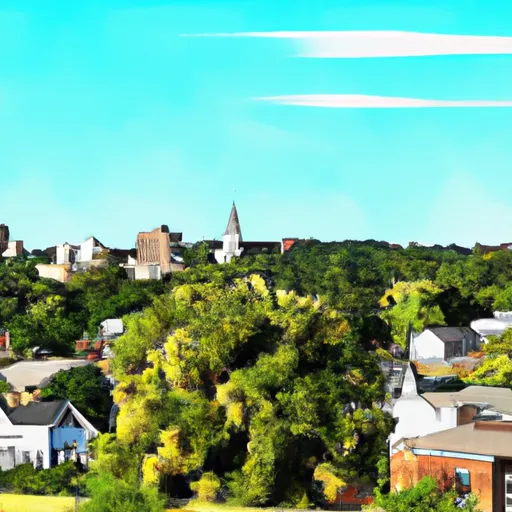°F
°F
mph
Windspeed
%
Humidity











Morrisville, Missouri is a small town located in Polk County, in the southwestern part of the state. The climate in Morrisville is characterized as humid subtropical, with hot and humid summers and mild winters. Average temperatures range from the low 30s (°F) in winter to the mid-90s in summer. The region experiences moderate precipitation throughout the year.
Morrisville benefits from its proximity to the Pomme de Terre River, which flows through the town. The river provides a source of recreational activities such as fishing, boating, and swimming. The hydrology constituents of the Pomme de Terre River include various fish species like bass, crappie, and catfish, making it a popular destination for anglers.
Outdoor enthusiasts will also find numerous opportunities for recreation in and around Morrisville. The area is home to several parks and conservation areas, offering hiking trails, camping sites, and wildlife viewing. Nearby Stockton Lake provides additional opportunities for water-based activities, including sailing, water skiing, and kayaking.
In conclusion, Morrisville, Missouri offers a humid subtropical climate, access to the Pomme de Terre River, and various outdoor recreation opportunities, making it an appealing destination for nature lovers and outdoor enthusiasts.
Weather Forecast
Morrisville receives approximately 1127mm of rain per year, with humidity levels near 82% and air temperatures averaging around 14°C. Morrisville has a plant hardyness factor of 6, meaning plants and agriculture in this region thrive during a short period during spring and early summer. Most plants will die off during the colder winter months.
Regional Streamflow Levels
124
Cubic Feet Per Second
66
Cubic Feet Per Second
7
Cubic Feet Per Second
361
Cubic Feet Per Second
Nearby Camping
| Camping Area | Reservations | Toilets | Showers |
|---|---|---|---|
| Crystal Springs - Lake Ouachita | |||
| Tompkins Bend - Lake Ouachita | |||
| Alpine Ridge - De Gray Lake | |||
| Twin Creek - Lake Ouachita | |||
| Point Cedar - De Gray Lake | |||
| Shouse Ford - De Gray Lake |



